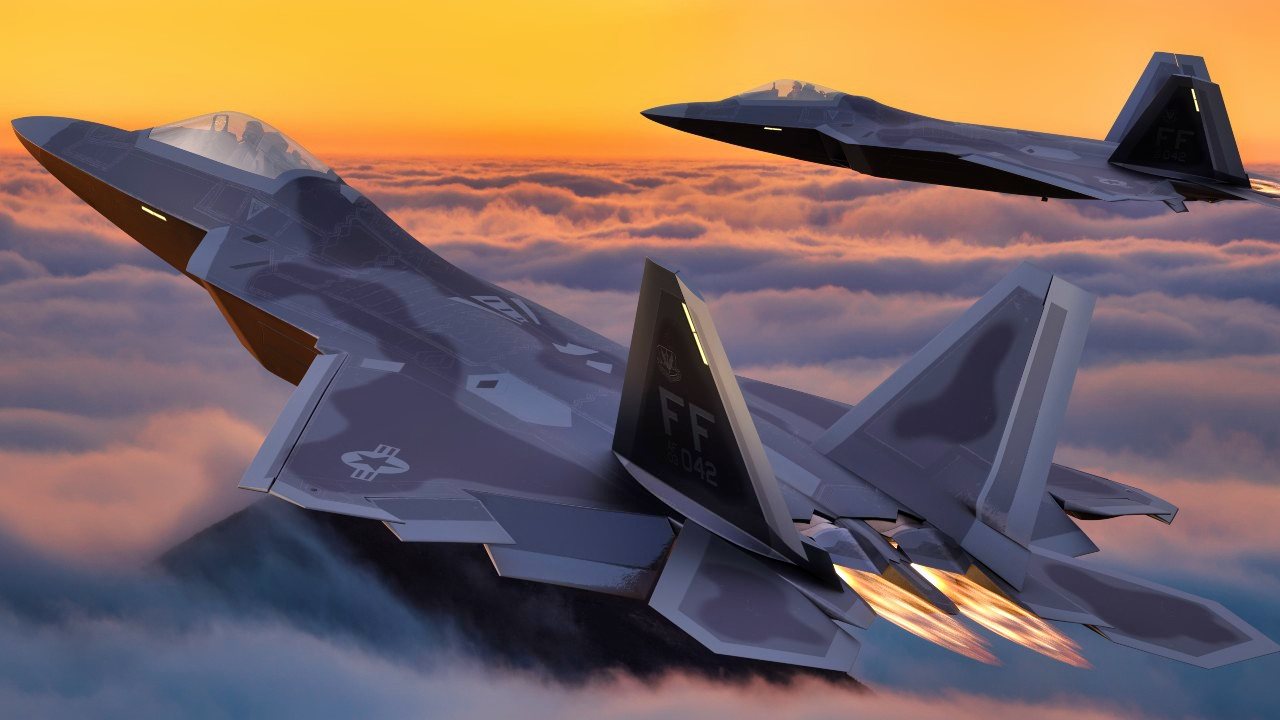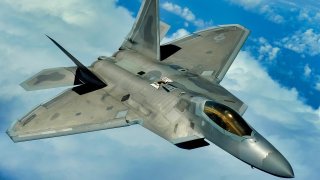That Downed Chinese Balloon Wasn't Exactly For Spying. It Was a 'Trial' Balloon
Weather balloon? Spy balloon? Nope, and nope. I guess that the Chinese balloon sighted over Montana and Missouri months back - and shot down off the coast of South Carolina by an F-22 Raptor last year - was a trial balloon.
Weather balloon? Spy balloon? Nope, and nope. I guess that the Chinese balloon sighted over Montana and Missouri months back - and shot down off the coast of South Carolina by an F-22 Raptor last year - was a trial balloon.
Sure, it may have gathered intelligence about military doings on the surface below, but that was a mere bonus.
If I’m right, Beijing’s chief reason for floating a balloon over North America was to see whether it would elicit a response from the U.S. government and military, as well as from the American people.
And so it did, judging from the subsequent uproar in the press and on social media. Advantage: Xi Jinping & Co.
Now China will use what it learned about American psychology to sharpen its “three warfares” strategy. Three warfares refers to China’s all-consuming effort to shape the political and strategic environment in its favor by deploying legal, media, and psychological means. This is a 24/7/365 endeavor, and it’s in keeping with venerated strategic traditions.
After all, Mao Zedong—the Chinese Communist Party’s founding chairman and military North Star—instructed his disciples that war is politics with bloodshed while politics is war without bloodshed.
In the Maoist worldview, in other words, there is no peacetime. It’s all war, all the time for Communist China.
And getting to know your enemy lays indispensable groundwork for victory. The greats of strategic theory and history—including China’s own Mao and Sun Tzu—constantly hector field commanders and their political masters to acquaint themselves with likely antagonists. But not everything that counts can be counted.
Sizing up a prospective foe accurately demands more than tallying up ships, planes, or tanks, or estimating industrial capacity. It involves fathoming intangibles relating to that foe’s culture and society.
Here’s how the balloon sightings may fit into China’s three-warfares offensive. Suppose you’re Beijing and you want to design strategies and tactics for deterring or coercing the United States, your major opponent. You need to find out how that opponent responds to external stimuli.
So you test its reflexes. You do zany-seeming things like sending lighter-than-air craft into U.S. airspace, in full view of people on the ground. And you gauge their response.
If they overreact to an incursion that poses no direct threat, you’ve learned something. Namely that you can strike a cultural nerve by getting in Americans’ faces. Ordinary folk seem largely indifferent to such worrisome developments as the People’s Liberation Army’s constructing anti-access sensors and weaponry specifically to kill American soldiers, sailors, and aviators in large numbers. Out of sight, out of mind.
But when an unarmed foreign aircraft appears over the North American heartland . . . OMG!
The balloon sightings had strategic import, then. Deterrence or coercion involves threatening something an adversary holds dear, and then convincing the adversary you can and will make good on the threat if its leadership defies you.
Beijing may have come to doubt that it can influence Washington’s strategic behavior by menacing U.S. expeditionary forces in the Western Pacific.

But it might deter, coerce, or even just distract by making mischief in the Western Hemisphere—and by sowing havoc in such a visible way that the man on the street must take heed.
That’s the lesson of the Great Chinese Balloon Blitz of 2023.
So last years events have taught, or rather reminded, us of something about Communist China: it is perpetually on the offensive, in wartime and peacetime alike. The episode also taught us something about ourselves and our acute sensitivity to threats to the homeland. One hopes the big brains at places like the White House, Foggy Bottom, and the Pentagon factor that knowledge into their efforts to manage popular sentiment for this age of great-power competition. They can harden American society against China’s three warfares.
Know your opponent; know yourself; and you stand yourself in good stead.
About the Author: Dr. James Holmes
Dr. James Holmes is J. C. Wylie Chair of Maritime Strategy at the U.S. Naval War College in Newport, R.I., and a Nonresident Fellow at the Brute Krulak Center for Innovation & Future Warfare, Marine Corps University. The views voiced here are his alone.


